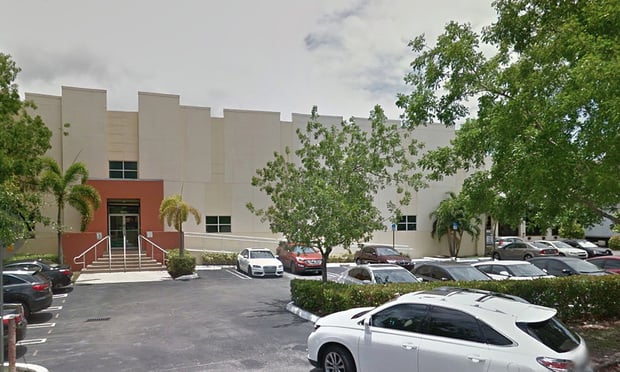Carnaroli tells GlobeSt.com the funding will be split in an approximately 30/40/30 ratio among private developers, the University Health System and the university, respectively. He anticipates that city, state and federal funds will contribute an estimated 10%, or approximately $200 million of the university's portion of the tab.
Some of the expansion plan is already under way or committed. Penn just inked an agreement with the Atlanta-based University Partners for a $50-million multifamily building at 3900 Walnut St. where Penn currently operates single-story retail. It will contain about 150 rental residences and 40,000 sf of ground-floor retail. University Partners, a subsidiary of the Dallas-based FirstWorthing, is developing the project under a 65-year ground lease to Penn. Other multifamily developments are under way at 34th and 40th and Chestnut streets under similar partnership arrangements.
The impetus for the master plan, however, was Penn's $50.6-million acquisition from the US Postal Service of a three-building post office complex plus 14 additional acres along the Schuylkill River. USPS exits the property next March. An initial plan calls for conversion of the largest, one-million-sf post office building at 30th Street "for some other use," Carnaroli says. No developer has been selected, "but we're in conversations with several parties. Given the flood of interest in real estate investment, there are a lot of people at our doorstep."
The entire post office parcel is designed to become a live, work, play mixed-use development that will include housing, a public policy center, office space and campus athletic fields, all of which will further connect University City, which is west of the Schuylkill, with Center City to the east. Ideally, a pedestrian bridge will eventually connect the two submarkets.
"The first, most visible portion of the overall plan will be conversion of the post office's vast parking lot into playing fields," he says. "We have approval for reconstruction of Balmond Bridge, which will provide campus access to the fields." Redevelopment of the post office portion of the master plan is expected to cost $2 billion, and this opening phase is to take place between now and 2010.
Future phases will add more housing, a new teaching and research building, expanded medical facilities and additional retail. At present, neighborhoods west of the campus are "not in balance," Carnaroli says. "About 80% of the neighborhood to the west is occupied by off-campus student housing. It's tipped. One goal is to draw some of that population to the east, so the neighborhoods surrounding the campus will achieve a healthier, more diverse population mix."
Third-party developers are also expected to participate in retail expansion. The university's own retail real estate, which encompass 111 properties aggregating 360,000 sf, "produced more than $200 million in sales last year," he says. Although Penn has its own leasing staff, in anticipated land-lease deals with third-party retail developers, "the developer takes care of leasing, but we share a kind of master lease and also inform on what kinds of tenants we think meet the area's requirements and should do well here."
Want to continue reading?
Become a Free ALM Digital Reader.
Once you are an ALM Digital Member, you’ll receive:
- Breaking commercial real estate news and analysis, on-site and via our newsletters and custom alerts
- Educational webcasts, white papers, and ebooks from industry thought leaders
- Critical coverage of the property casualty insurance and financial advisory markets on our other ALM sites, PropertyCasualty360 and ThinkAdvisor
Already have an account? Sign In Now
*May exclude premium content© 2024 ALM Global, LLC, All Rights Reserved. Request academic re-use from www.copyright.com. All other uses, submit a request to [email protected]. For more information visit Asset & Logo Licensing.








